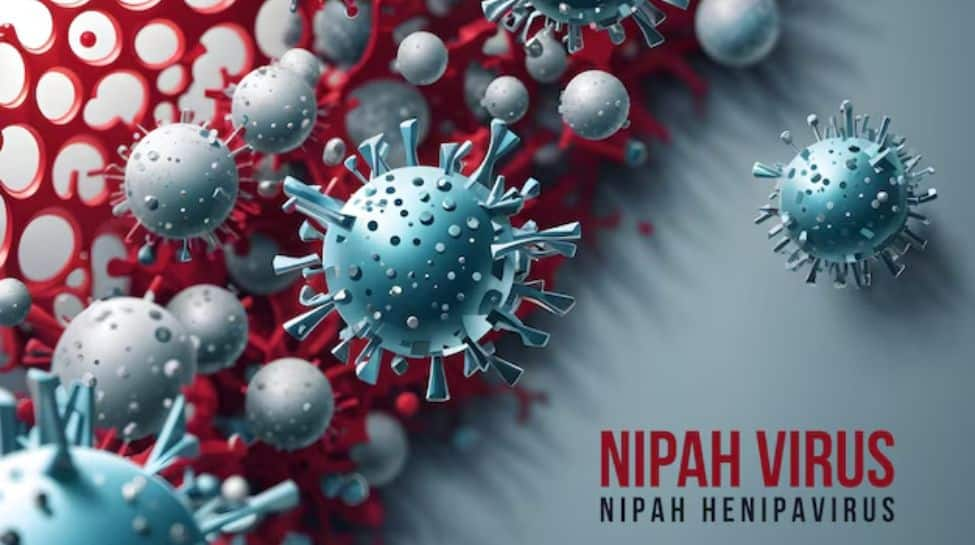The death of a 24-year-old student in Malappuram, Kerala, has raised alarm over the deadly Nipah virus. Kerala Health Minister Veena George announced on Sunday that tests conducted at the National Institute of Virology in Pune confirmed the presence of the Nipah virus in the deceased.
The Minister of Health informed the media that a total of 151 people are currently on the list of primary contacts. Their information has been collected and those who had direct contact have been placed in isolation. Five isolated people showed mild symptoms and samples have been sent for analysis.
Nipah virus was first detected in Malaysia in 1999, although there have been no further outbreaks in that country since then. Two years later, the virus was identified in Bangladesh and India. The first case of Nipah virus in India occurred in Siliguri, West Bengal, in 2001. In Kerala, where two cases have been reported this year, previous outbreaks have occurred in Kozhikode district in 2018, 2021 and 2023, and in Ernakulam district in 2019.
How does it spread?
The Nipah outbreak in Kerala is a cause of great concern due to the severity of the disease, which has a mortality rate of up to 75%. Fruit bats are the natural carriers of the virus, which can be transmitted to humans through contamination from animals such as pigs and bats. Moreover, the virus can spread from person to person.
Nipah virus can be transmitted through direct contact with infected animals, such as bats or pigs, or their bodily fluids (such as blood, urine, or saliva). It can also be spread by consuming food products contaminated with bodily fluids from infected animals, such as palm sap or fruit contaminated by an infected bat. In addition, close contact with an infected person or their bodily fluids, including nasal or respiratory droplets, urine, or blood, can lead to transmission.
Symptoms and complications associated with Nipah virus infection
Nipah infection presents with common symptoms such as headache, fever, vomiting, sore throat, dizziness, drowsiness, altered consciousness, and acute encephalitis. Symptoms typically appear 4-14 days after exposure. The virus has a significant impact on neurological health: approximately 20% of infected people experience long-lasting neurological effects, including seizure disorders and personality changes.
According to information from the Kerala health department, symptoms of Nipah virus infection can range from mild to severe, with a mortality rate of 40% to 70% in documented outbreaks between 1998 and 2018.
Nipah virus infection is diagnosed in its early stages by RT-PCR (real-time polymerase chain reaction) and later in the infection by ELISA (enzyme-linked immunosorbent assay). Early diagnosis can be difficult as the initial signs and symptoms are often non-specific.
To prevent the spread of the Nipah virus, several precautionary measures should be taken. The World Health Organization (WHO) advises avoiding close, unprotected physical contact with people infected with the virus. It also recommends frequent handwashing, especially after caring for or visiting sick people.
Disclaimer:
The information contained in this post is for general information purposes only. We make no representations or warranties of any kind, express or implied, about the completeness, accuracy, reliability, suitability or availability with respect to the website or the information, products, services, or related graphics contained on the post for any purpose.
We respect the intellectual property rights of content creators. If you are the owner of any material featured on our website and have concerns about its use, please contact us. We are committed to addressing any copyright issues promptly and will remove any material within 2 days of receiving a request from the rightful owner.

